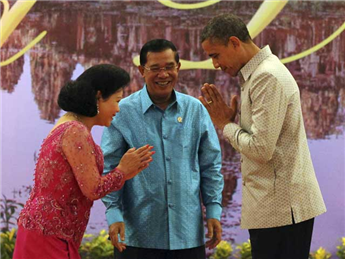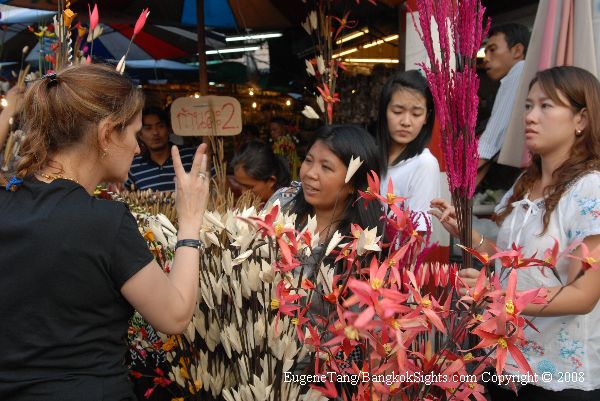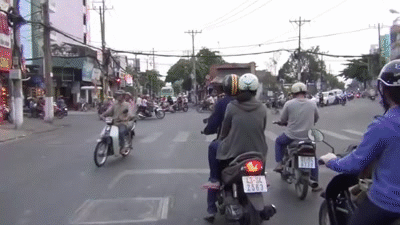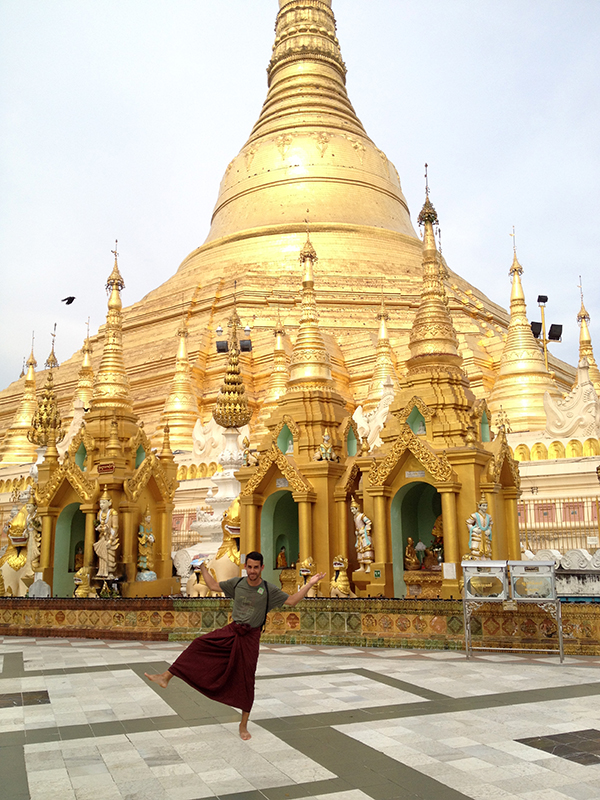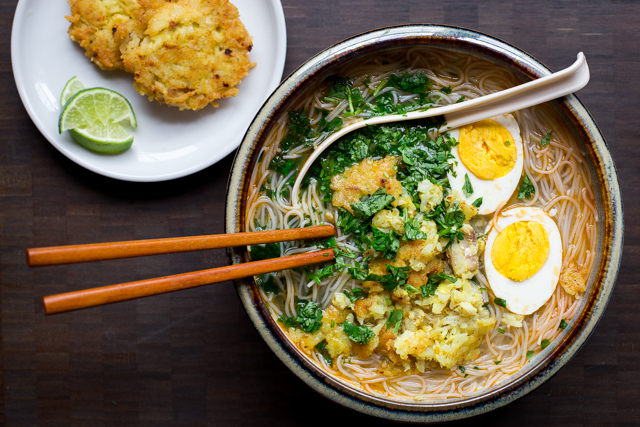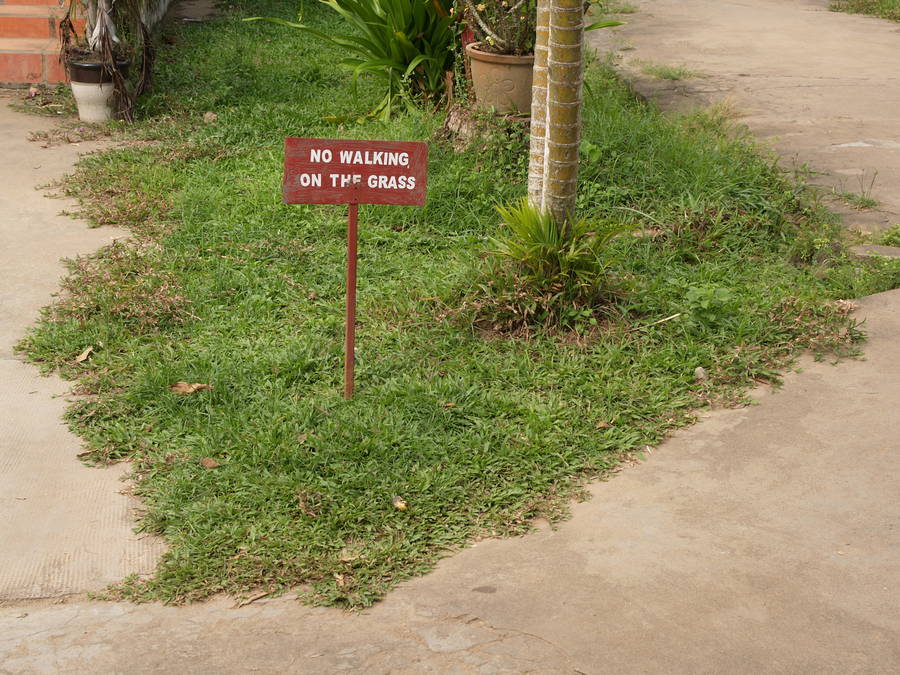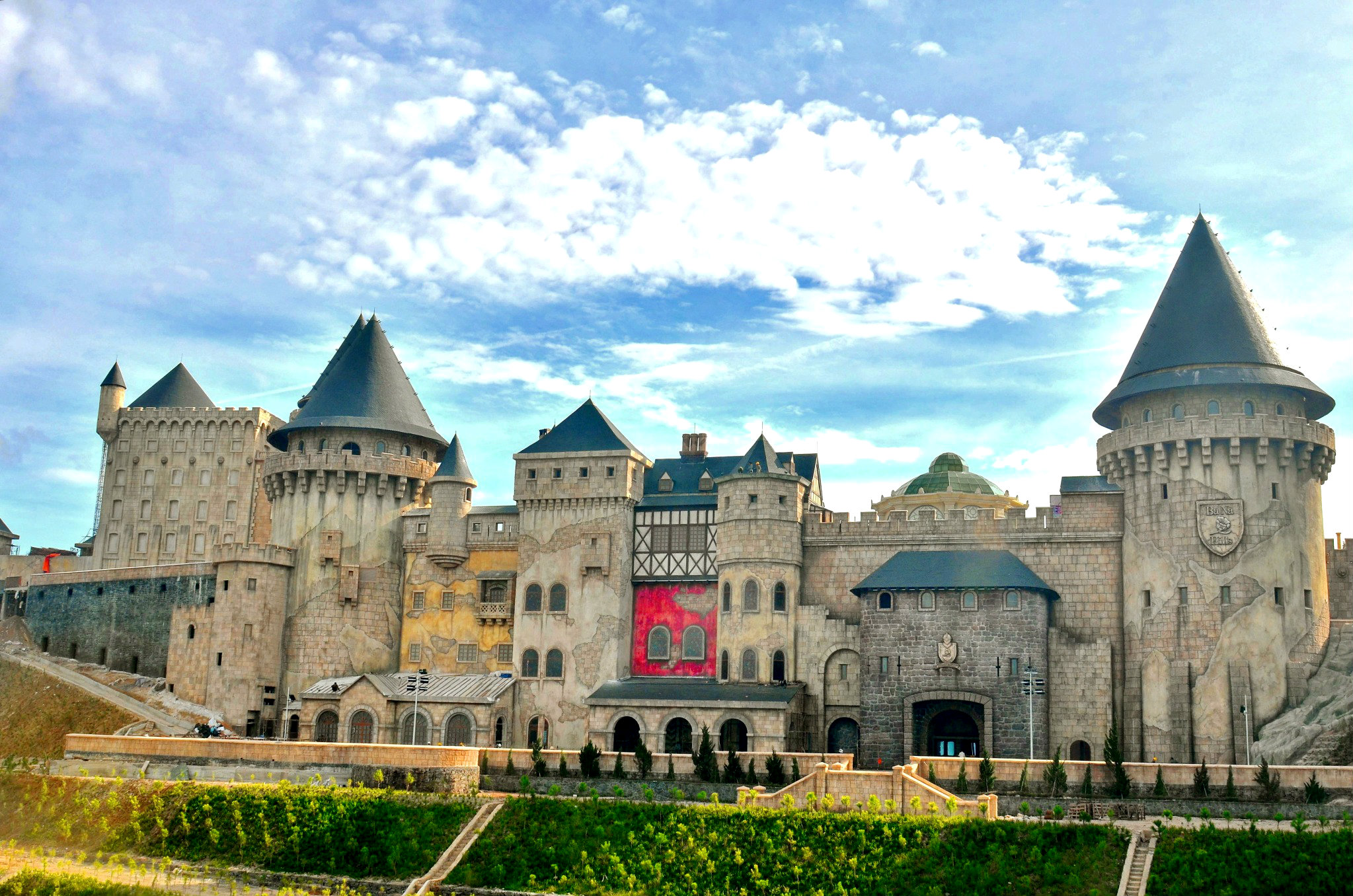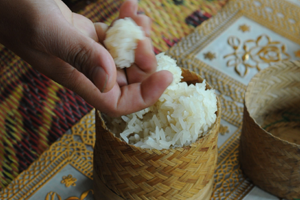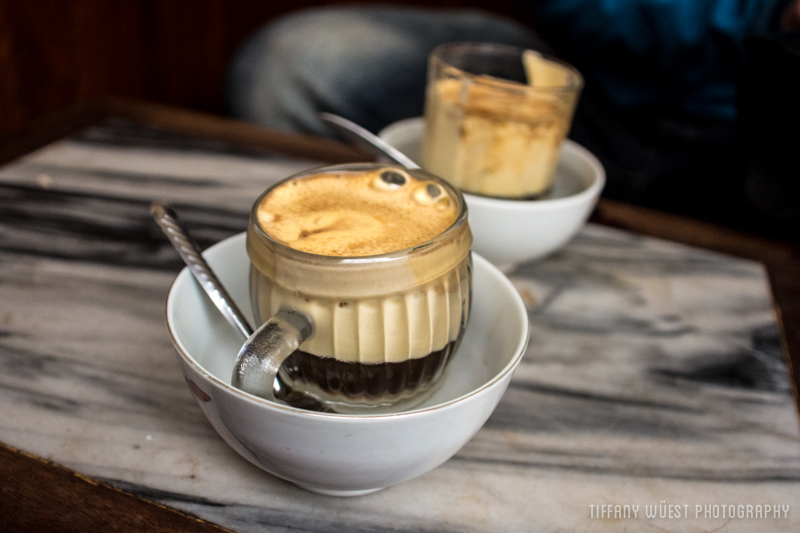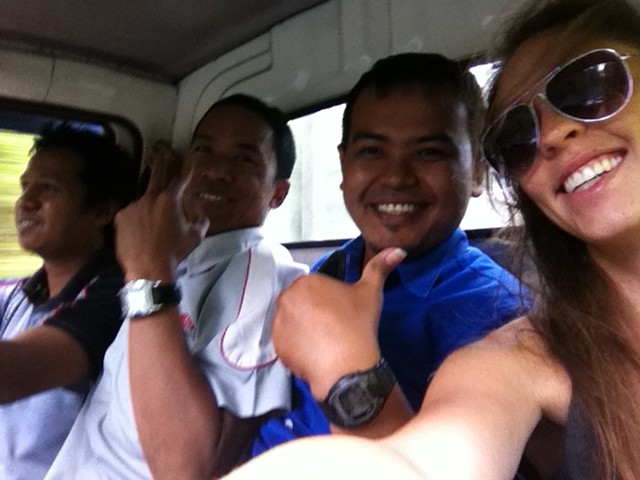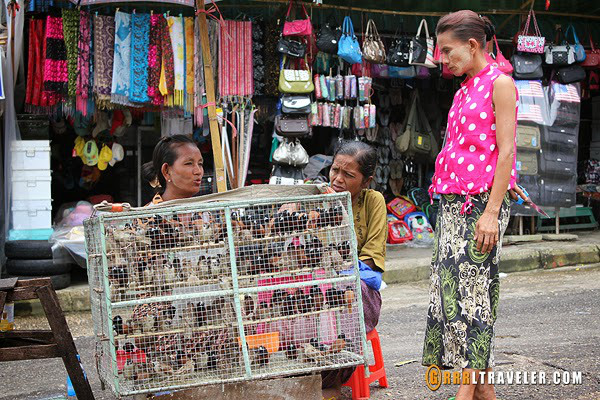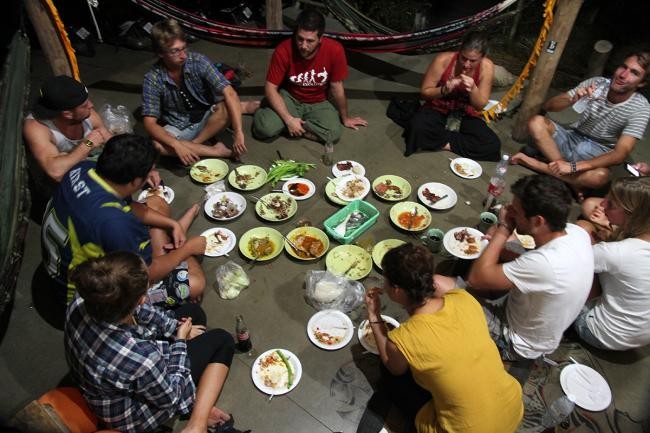13 Priceless Lessons You Can't Learn In Malaysia Unless You Backpack Around IndoChina
The best education you can give yourself is to travel.
So, where exactly is IndoChina? It actually refers to a continental portion of Southeast Asia, and although the definition has changed over the years, it mainly comprises of but not limited to Cambodia, Laos and Vietnam.
Indochina, also called (until 1950) French Indochina, the three states of Vietnam, Laos, and Cambodia formerly associated with France, first within its empire and later within the French Union. The term Indochina refers to the intermingling of Indian and Chinese influences in the culture of the region.
britannica.comThe more strict definition of Indochina comprises of the countries in former French Indochina: Vietnam, Laos, Cambodia. However, the term is also loosely used to denote other countries in the mainland of Southeast Asia as well like Myanmar, Thailand, Peninsular Malaysia, and to an extent, Singapore. This is largely due to these countries having cultural influences from both China and India.
IndoChina has much wonder to offer and travelling there can open your eyes to a whole new world of experiences:
1. There are more ways than one to greet people and each one is special
The different countries in Indochina have unique customs for greeting people. Even if you don't speak the language, learning how to say a polite "hello" is essential. It can be the simplest gesture that makes the biggest difference in someone's first impression of you.
2. Your confidence in haggling is pro-level after having done it in a completely foreign language
There's nothing like levelling up your haggling skills by doing it in a foreign country using a language that is completely unfamiliar and new to you. Now that's what we call being out of your comfort zone.
3. The true art of motorcycle swerving and maneuvering in the streets of Vietnam
The traffic in Vietnam may seem insane and scary, but there is a method to the madness. Once you've got it all figured out, soon enough you'll be whizzing and swerving around like a pro. After all, riding motorcycles is a way of life in Vietnam.
4. Wearing longyi, a traditional Burmese dress, is the most comfortable thing ever and you want to wear it all day err day!
The traditional Burmese dress is the longyi, a wraparound skirt worn by men and women. Men tie theirs in the front and women fold the cloth over and secure it at the side. It’s completely acceptable for a foreigner to wear a longyi and can be a conversation starter.
globotreks.com5. There are always more deliciously exotic flavours out there yet to be discovered by your taste buds. Yes, they're worthy opponents of Malaysian food.
Trying authentic, local delicacies from the different countries in Indochina will expose you to a whole new world of flavours you've never tasted. It's glorious, it's delicious and you're forever a changed person.
6. Never stray from the sidewalk when in Phnom Penh. Walking on grass is frowned upon!
Glares will be following your every footstep if you choose to walk on the grass, the less travelled path. They take their grass maintenance very seriously.
7. There's no need to travel out of Asia to experience France when there's the stunning Ba Na Hills in Vietnam
Nestled among forested hills 30 kilometers west of Da Nang, Vietnam is the stunning mountain resort of Ba Na Hills. The region has varied flora and fauna, including many rare animals, such as the Asian Black Bear and Crested Argus. There are over 540 plant species in the area.
Located at an altitude of 1487 meters, Ba Na Hills was founded in the 1920s by French colonists and is accessible by cable car. Due to its altitude, the temperature here is comfortably cool all year round.
8. In Laos, you eat sticky rice with your fingers, not with a fork
One cannot travel to the Southeast Asian country without many meals of sticky rice, the versatile staple of Laotian cuisine. A hunk of sticky rice is a delicious, bread-like dipping implement. Laotians prefer to eat sticky rice with non-soupy dishes, rather than with just curries and sauces. This dish complements the popular Laotian dish jeow, a dry paste made from chili peppers and herbs, as well as the royal dish mok pa fork, which features steamed fish, dill, shallots and coconut milk.
9. There's more to coffee than just milk and sugar in the form of Vietnamese egg coffee
Vietnam is often lauded for its coffee, which is strong, thick, and oftentimes over-the-top sweet. Sitting at local café’s – from Saigon to Hanoi – you can’t miss the unique way coffee is brewed in Vietnam (through the Phin filter). But, the lesser known, “Egg with Coffee” can be found on menus in hidden coffee shop gems. The option could also be found next to the likes of “Yogurt with Milk,” but trying the Egg with Coffee is really worth the risk and thrill!
10. There is no barrier when it comes to acts of kindness. Not even language and cultural limitations.
With stories of travel nightmares going around all the time, it's easy to be jaded and be suspicious of everyone. Although it's important to always be wary and extremely careful, you'll be surprised sometimes by the genuine acts of kindness you can come across.
11. You can always earn yourself some good karma by buying and releasing birds sold in the streets of Myanmar
When you see a caged bird seller near a temple, this doesn’t mean the seller has a pet shop. In Buddhist tradition, birds are often bought by worshippers and then set free. The ritual is said to earn good merit or good karma.
12. Finally understanding the beauty of history from the many stunning UNESCO World Heritage Sites in IndoChina
Whether it's the intricate temple complex of Angkor Wat in Cambodia, the quaint ancient riverside trading town of Hoi An in Vietnam, the charming old town of Luang Prabang in Laos, and many more, Indochina holds much historic wonder for us to discover.
13. You will learn to live without WiFi. And be okay with it.
Here's the thing, Malaysians are absolutely spoiled and addicted to the Internet. The truth is, when you're travelling, you aren't going to easily have access to WiFi. Instead, you've learned that you really don't need WiFi when you can hang out and meet new people, chat with the locals or just simply go out to explore.
